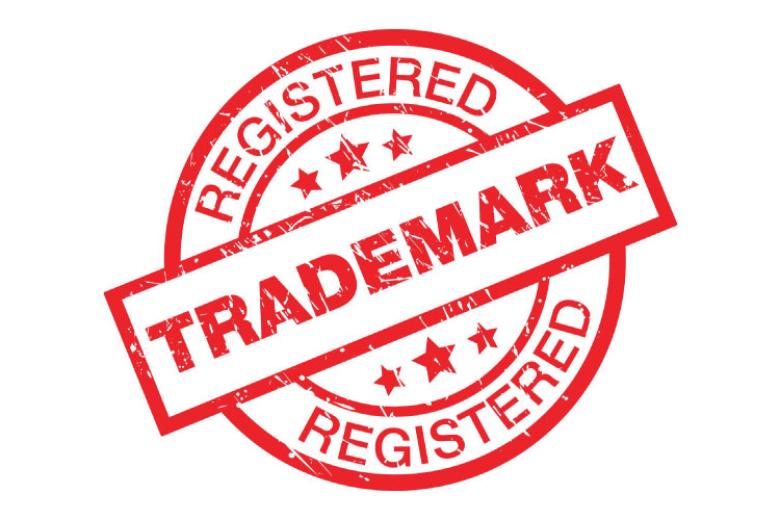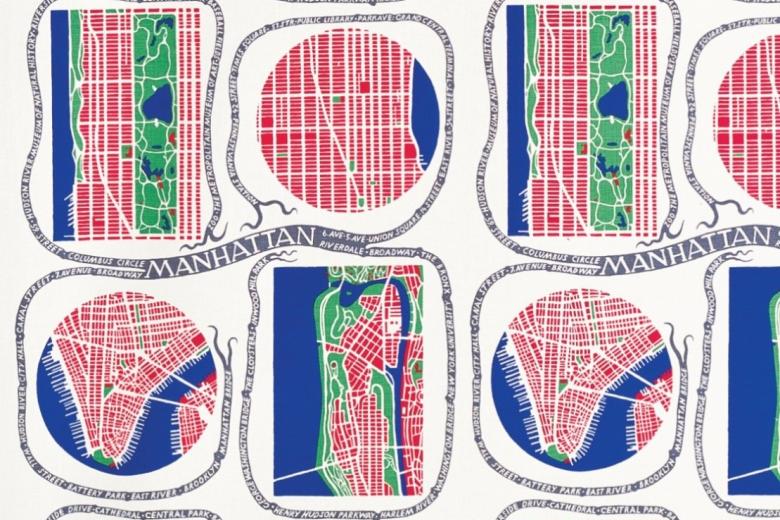The fluke of international law that led to an accidental condominium
Only a short drive from Maastricht, border stones still mark the borders of Neutral Moresnet, a small condominium that was the result of a very peculiar round of border negotiations and for over a hundred years was a tax haven, a gambling paradise and a would-be Esperanto state.
When exiting the Maastricht Faculty of Law it is only a 40-minute drive to get to the borders of a former condominium marking one of the most interesting episodes in the history of international law. The former borders of Neutral Moresnet. To trace the origins of this story we need to go back to the final years of Napoleonic rule in Europe. In Vienna, diplomats from all over Europe gathered between 1814 and 1815 to reorganise the political and constitutional landscape and create a new balance of power. In the negotiations that took place, the borders of the continent were redrawn. Although the Conference provided for new borders in general terms, the negotiations on the exact borders happened bilaterally between the different states. In practice, this meant that representatives of the newfound Kingdom of the Netherlands gathered with Prussian diplomats in Aachen to establish their exact borders. Most of the negotiations were plain sailing, agreements were made, and border posts were planted. However, negotiations got stuck when the diplomats got to the area around Kelmis. Kelmis hosted a zinc quarry, which both negotiating partners wanted to incorporate. The mine in Moresnet was one of the largest zinc quarries in the world. In a situation worthy of Solomonic judgment the two negotiators decided to not divide the area at all. As article 17 of the 1816 Treaty of Aachen reads “Since both commissions [of delimitation] have been unable to agree upon the way in which [the area would be separated] [...] the above-mentioned town [...] will be subject to a joint administration, and shall not be militarily occupied by any of the two powers.” Neutral Moresnet was born.
The situation that lasted for the next 104 years is best described as bizarre. In the initial years, it was unclear what the nationality of the citizens would be, where and if they would have to pay taxes and whether the men could be conscripted if the territory fell under the shared sovereignty of the Netherlands and Prussia. After Belgium seceded from the Netherlands, Belgium became Prussia’s partner. As none of them wanted to give up any of their powers a compromise was formulated. The French franc would be used as a legal tender and from 1822 onwards the Code Napoléon would be the law of the land even though this was not valid law in either Prussia or the Netherlands. Moresnet did not have its own court, this meant that criminal cases were heard in Aachen the one year and in Liège the other. Civil law cases were heard in Aachen in first instance but appeal to judgments was done in Liège. The problems did not stop at the procedural side of the law, the substantive side had major issues as well. The Code did not mention compulsory education, which meant that most children worked in the zinc mine. The Code did not mention suffrage, which made Moresnet into a de jure authoritarian condominium. The Code did not mention gambling, which meant that even though gambling was prohibited in large parts of Europe, Neutral Moresnet turned into a would-be Monaco. Some provisions in the Code Napoléon gave explicit competences to the French state. However, the French state as envisioned did not exist anymore and Napoleon was dead. Who would execute these competences?
The confusion over the status of Moresnet inevitably led to a movement in favour of independence for the small area. Attempts were made to make Moresnet the world's first Esperanto-speaking state. In 1897 a committee was founded with the objective to retain the special status of the territory. In 1906 an unofficial referendum was held in which 95% of the voters expressed the desire to remain neutral. For many, this desire was fuelled by the low living cost in the small tax haven.
Although the current road leading from Vaals to the tripoint on top of the Vaalserberg is still called ‘viergrenzenweg’ (four borders road), there currently are only the three borders between the Netherlands, Belgium and Germany and there is no quadripoint. So what happened to Neutral Moresnet? The First World War mostly. Relations between Belgium and Germany had become strained over Neutral Moresnet in the years before, but when Germany invaded in August 1914, the territory was taken over within half an hour. Formally, Belgian agreement was needed to end the special status of the condominium, so for some time, Neutral Moresnet existed under German rule. However, in 1915 Germany annexed Neutral Moresnet anyway.
Where the history of Neutral Moresnet started with a conference and a treaty that had a lasting influence on European history, the history also ends at one. After the war, the Paris Peace Conference led to the Treaty of Versailles. Article 32 of the treaty holds that “Germany recognises the full sovereignty of Belgium over the whole of the contested territory of Moresnet (called Moresnet neutre).”
A hundred years later the traces of Neutral Moresnet still remain, the border posts marking the former borders are still there and the Belgian town of Kelmis holds a museum dedicated to its history. One can get a glimpse into the bizarre history of the tripoint by walking up the highest point of the Netherlands, where the remains of the border posts marking the former borders can be found.
To read more about the history of Moresnet, I highly recommend reading the book Moresnet by Philip Dröge, available in German and Dutch.
| More blogs on Law Blogs Maastricht |
-
Protection of reputable marks beyond confusion: does “due cause” help to strike a balance between trade mark proprietors and content creators?
Content creators, exercising their freedom of expression, may use trade marks in their content in a way that might damage the interests of trade mark proprietors (e.g. use of Nike shoes in a porn movie). How does EU trade mark law address these different interests?

-
Computer-Implemented Inventions: has the term “invention” in the EPC lost its meaning?
The European Patent Convention defines subject-matter that is not eligible for patent protection, such as methods for doing business. However, when implemented by a computer, non-eligible subject matter becomes eligible for patent protection. Is this desirable?

-
The ambigous nature of the amended European trademark functionality doctrine
EU trade mark law excludes certain signs from becoming registered trade marks. In particular, shapes cannot be registered if they are necessary for achieving a technical result. In 2015, the amended Regulation broadened this exclusion to ‘another characteristics'. But what is now covered exactly?
